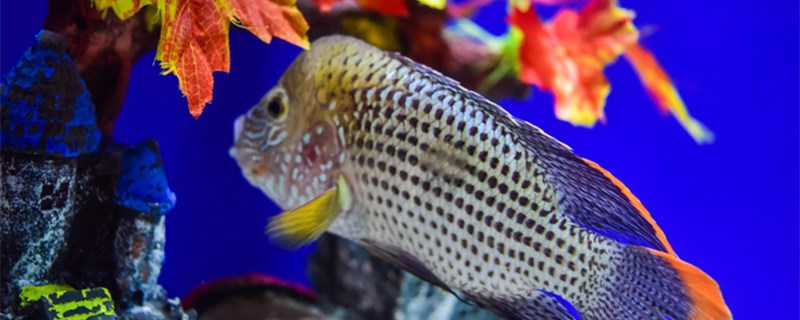 1. Can you put fish directly into potassium permanganate
1. Can you put fish directly into potassium permanganate You can put fish directly into potassium permanganate, but the concentration must be controlled at about 0.5 ppm, that is, 0.00005%. If it is higher, it will cause harm to fish. Potassium permanganate, as a common disinfectant, can not only sterilize, but also treat some fish diseases. When the surface of fish is injured and invaded by bacteria, it can be smeared on the surface.
2. What drugs should be used to disinfect fish1. Potassium permanganate: Potassium permanganate is the most commonly used disinfectant for fish disinfection. As a common disinfectant, it can kill a variety of bacteria, thus playing a role in preventing diseases. However, the dosage of this drug is difficult to control. If the content is too low, it will not be effective, and if it exceeds the standard slightly, it will cause drug damage.
2, chlorine dioxide: Chlorine dioxide is the mainstream disinfectant at present. Its advantages are extremely low dosage and strong effect, which can kill bacteria, fungi, algae, viruses and so on, and is almost harmless to fish. However, although it has strong sterilization ability, its curative effect is not ideal.
3. Iodophor: Iodophor is generally a disinfectant used to deal with fish trauma. It is directly smeared on rotten skin. After smearing, it needs to be removed from water for about 30 seconds, and then put back into water after the drug is absorbed, usually 1-2 times a day. In addition, it should be noted that this drug cannot enter fish gills, otherwise it will cause damage.